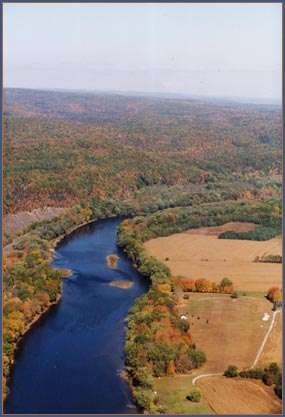Baseball Rubbing Mud

Baseball Rubbing Mud is mud used to allow pitchers better control and a firmer grip over the balls used in the sport of baseball.[1]
History
Before Baseball Rubbing Mud, baseballs were rubbed in a mixture of water and infield soil, but this method usually discolored the ball's leather surface.[1] Other alternatives at the time were tobacco juice, shoe polish, and soil from under stadium bleachers. They were able to successfully take off the sheen from baseballs, but at the same time, they also damaged and scratched a ball's leather.[2] While Lena Blackburne was a third-base coach for the Philadelphia Athletics baseball team, an umpire complained to him about the method used at the time, prompting Blackburne in 1938 to set out in search of better mud to use to rub against baseballs. Later that decade, Blackburne discovered the rubbing mud's location (said to be "near" Palmyra, New Jersey) and founded the company that he used to sell it.[3] According to the company, the entire American League used the mud soon after its discovery, and by the 1950s, it was in use by every major league team, along with some minor league and college teams.[1]
When age prevented Blackburne from harvesting the mud, he left the company to a friend, John Haas;[4] according to the company, Haas had accompanied Blackburne during his searches for an appropriate mud. Haas later willed the company to his son-in-law Burns Bintliff, who in turn selected one of his nine children, current owner Jim, to carry on the business.[4] Jim Bintliff told CNN reporter Thomas Andres in 2009 that the company only brought in about $20,000 per year; at the time, he worked full-time as a printing press operator.[4]
Usage
The mud originates from the New Jersey side of the Delaware River. The mud is cleaned and screened before sale.[1] Each year the owner, Jim Bintliff, visits the mud's source and returns with 1,000 pounds of it to store over the winter and sells it the following baseball season.[3] He told Andres:
If anybody happens to catch me in the act of harvesting mud, I come up with a story to give them a reason I'm putting mud in a bucket. I've told people I use it in my garden, I use it for my rose bushes, I use it for bee stings and poison ivy and any kind of story.[4]
Before all major- and minor-league baseball games, an umpire or clubhouse attendant rubs six dozen or more balls with the Baseball Rubbing Mud to give them a rougher surface, making them easier for pitchers to grip (MLB Rule 4.01c). The rubbing mud's unique feature is that it is "very fine, like thick chocolate pudding",[1] and it has been considered the "perfect baseball-rubbing mud".[1]
References
- 1 2 3 4 5 6 Schneider, Jason (2006-07-04). "All-American mud needed to take shine off baseballs". The Florida Times-Union. Retrieved 2009-10-06.
- ↑ "Secret Dirt's Pivotal Role In Baseball". NPR. 2009-04-06. Retrieved 2009-10-06.
- 1 2 Nordell, John (2005-10-18). "The dirt on baseball". The Christian Science Monitor. Retrieved 2009-10-06.
- 1 2 3 4 Andres, Thomas (October 28, 2009). "Harvesting baseball's 'magic mud'". CNN. Retrieved January 17, 2016.
External links
- LenaBlackburne.com — official site
- NewsWorks: Baseball's Dirty little secret (video)